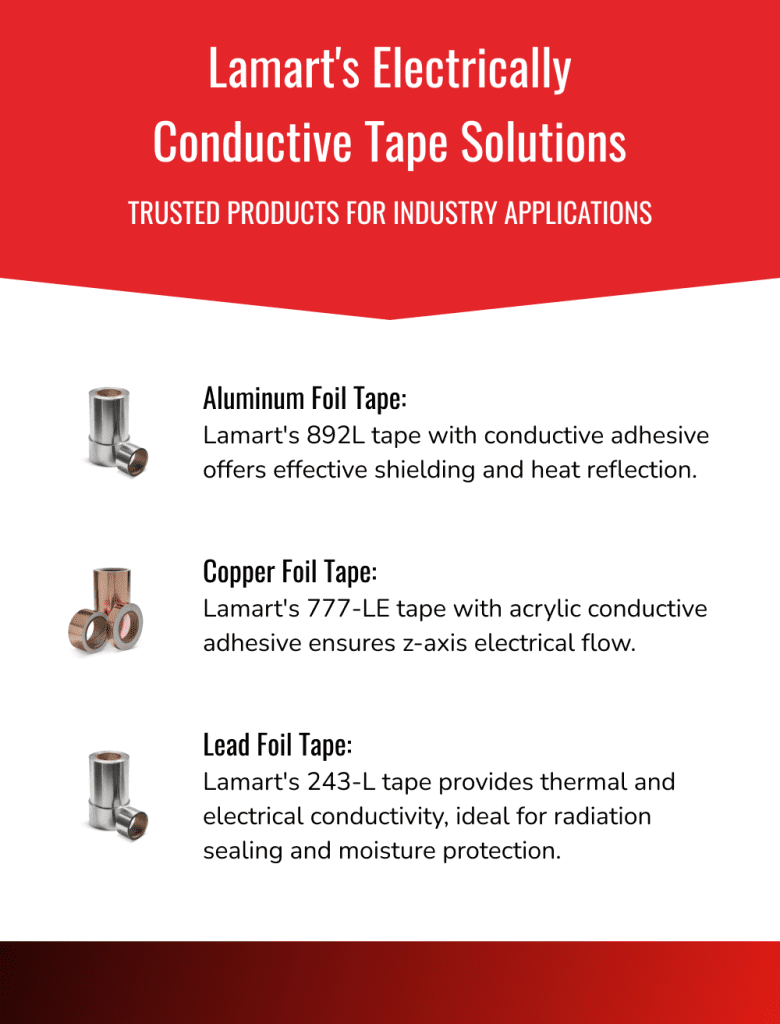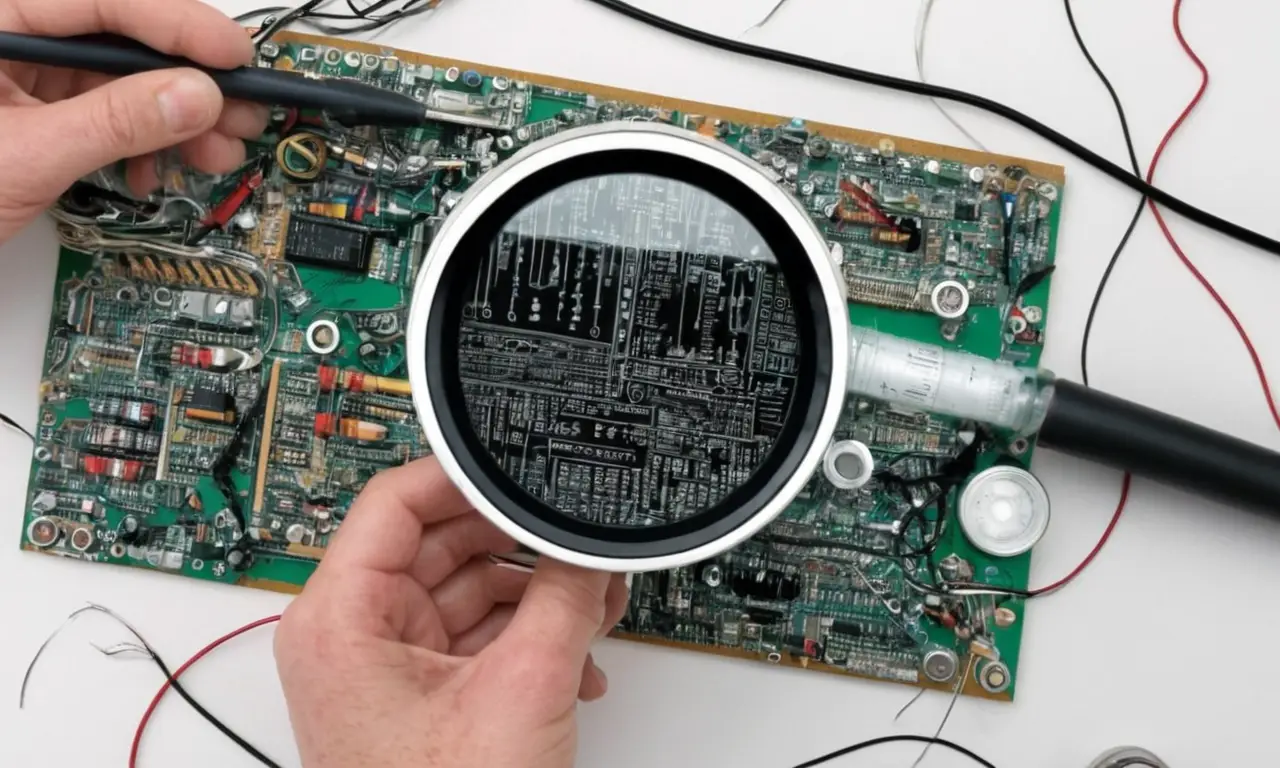
Duct tape is a household staple known for its versatility and adhesive properties. It can fix everything from leaky pipes to torn clothing. But what about electricity? Can duct tape conduct electricity? This article will delve into the electrical properties of duct tape, exploring whether it’s safe to use around electrical components and outlining suitable alternatives for electrical applications.
This article will examine the conductivity of duct tape, analyze the presence of metallic fibers in its composition, differentiate between electrical insulation and conductivity, and provide safety precautions when using duct tape near electricity. We’ll also explore alternative materials better suited for electrical applications.
Duct Tape and Electrical Conductivity
Duct tape is generally not considered a conductor of electricity. Electrical conductivity refers to the ability of a material to allow the flow of electric current. Metals, like copper and aluminum, are excellent conductors due to their free electrons that readily carry charge. Non-metals, such as rubber and plastic, are insulators, meaning they resist the flow of electricity.
Duct tape’s primary composition consists of a fabric backing coated with an adhesive. While some types of duct tape may contain metallic fibers for added strength or reflectivity, these fibers are typically not present in sufficient quantities to significantly contribute to electrical conductivity. Therefore, it’s generally safe to assume that duct tape does not conduct electricity effectively.
Metallic Fibers in Duct Tape

Some varieties of duct tape incorporate metallic fibers into their construction. These fibers can be made from materials like aluminum or silver and are often added to enhance the tape’s strength, durability, or reflective properties. However, the presence of these metallic fibers doesn’t necessarily make the entire tape conductive.
The concentration of metallic fibers in duct tape is usually low, and they are dispersed within the fabric backing. This means that even if the fibers themselves are conductive, their isolated nature and limited quantity prevent them from forming a continuous pathway for electrical current flow.
Conductivity vs. Reflectivity
It’s important to distinguish between conductivity and reflectivity when considering metallic fibers in duct tape. While some metals, like copper, are excellent conductors, others, like aluminum, can be highly reflective. The metallic fibers in duct tape primarily contribute to its reflectivity, which is useful for applications like signaling or heat shielding.
Electrical Insulation vs. Conductivity
Electrical insulation is crucial for preventing electrical shocks and short circuits. Insulating materials resist the flow of electricity, effectively separating live wires and components from conductive surfaces. Duct tape’s primary function is not electrical insulation, although its adhesive properties can sometimes provide a temporary barrier against minor electrical contact.
For reliable electrical insulation, it’s essential to use dedicated insulating materials like rubber, plastic, or specialized tapes designed for electrical applications. These materials have been rigorously tested and certified to meet specific safety standards.
Safety Precautions When Using Duct Tape Around Electricity

While duct tape is generally not conductive, it’s crucial to exercise caution when using it near electricity. Never use duct tape as a primary means of insulation for electrical wires or components.
Avoid Direct Contact with Live Wires
Duct tape should never be used to cover or repair exposed live wires. Doing so can create a dangerous situation and lead to electric shock or fire. Always disconnect power before working on any electrical wiring.
Temporary Fixes Only
If you need to temporarily secure an electrical component, use duct tape sparingly and only as a secondary measure. Ensure that the primary insulation is intact and that the duct tape does not come into direct contact with live wires.
Alternatives to Duct Tape for Electrical Applications
For reliable electrical applications, it’s best to utilize materials specifically designed for this purpose. Some suitable alternatives include:
- Electrical Tape: This specialized tape is made from insulating materials like rubber or vinyl and provides a secure and effective barrier against electricity.
- Wire Connectors: These devices are designed to join wires safely and securely, ensuring proper insulation and preventing short circuits.
- Heat Shrink Tubing: This tubing shrinks when heated, providing a durable and waterproof seal around electrical connections.
Conclusion
Duct tape is a versatile tool with numerous applications, but it’s not suitable for electrical work. While some types of duct tape may contain metallic fibers, their presence and concentration are typically insufficient to allow for significant electrical current flow. Always prioritize safety when working with electricity and utilize dedicated electrical insulation materials for reliable protection.
